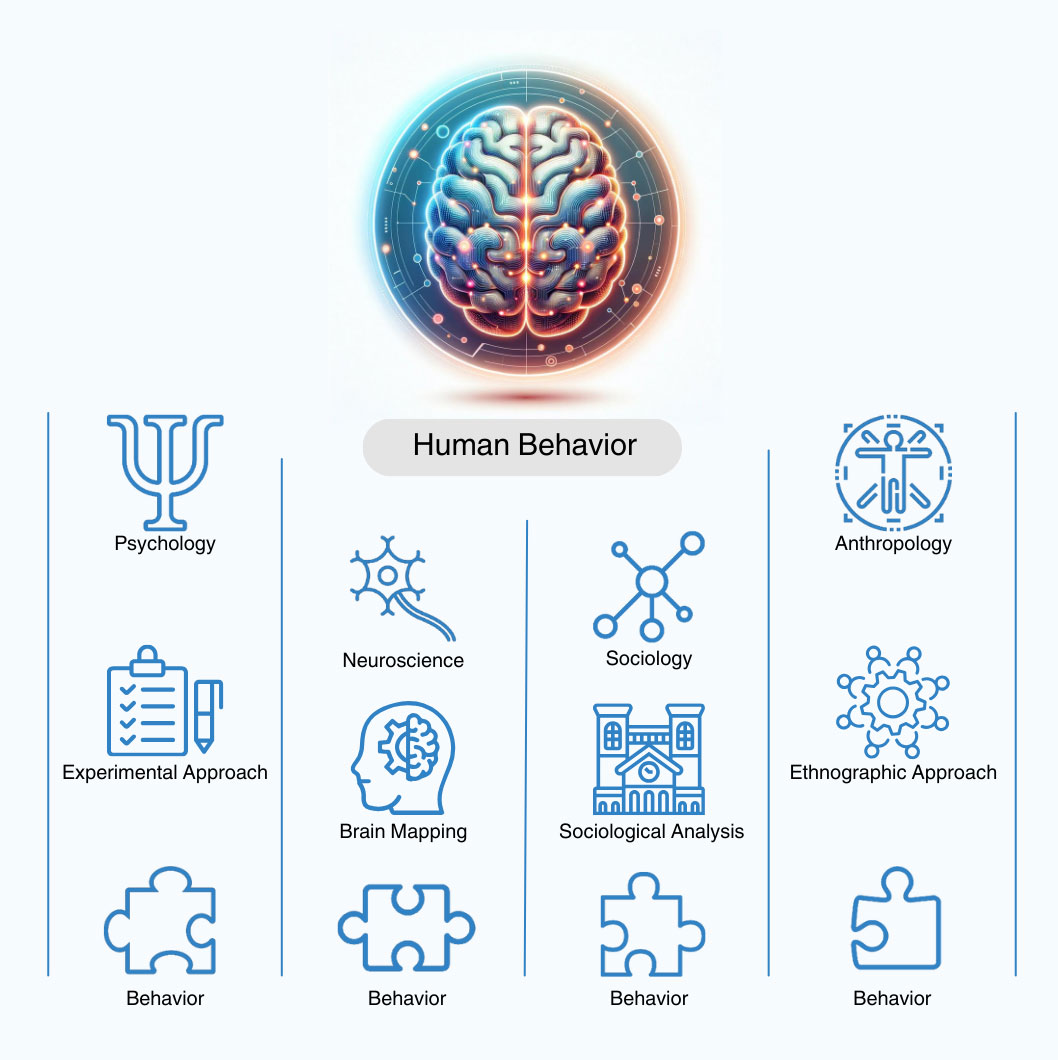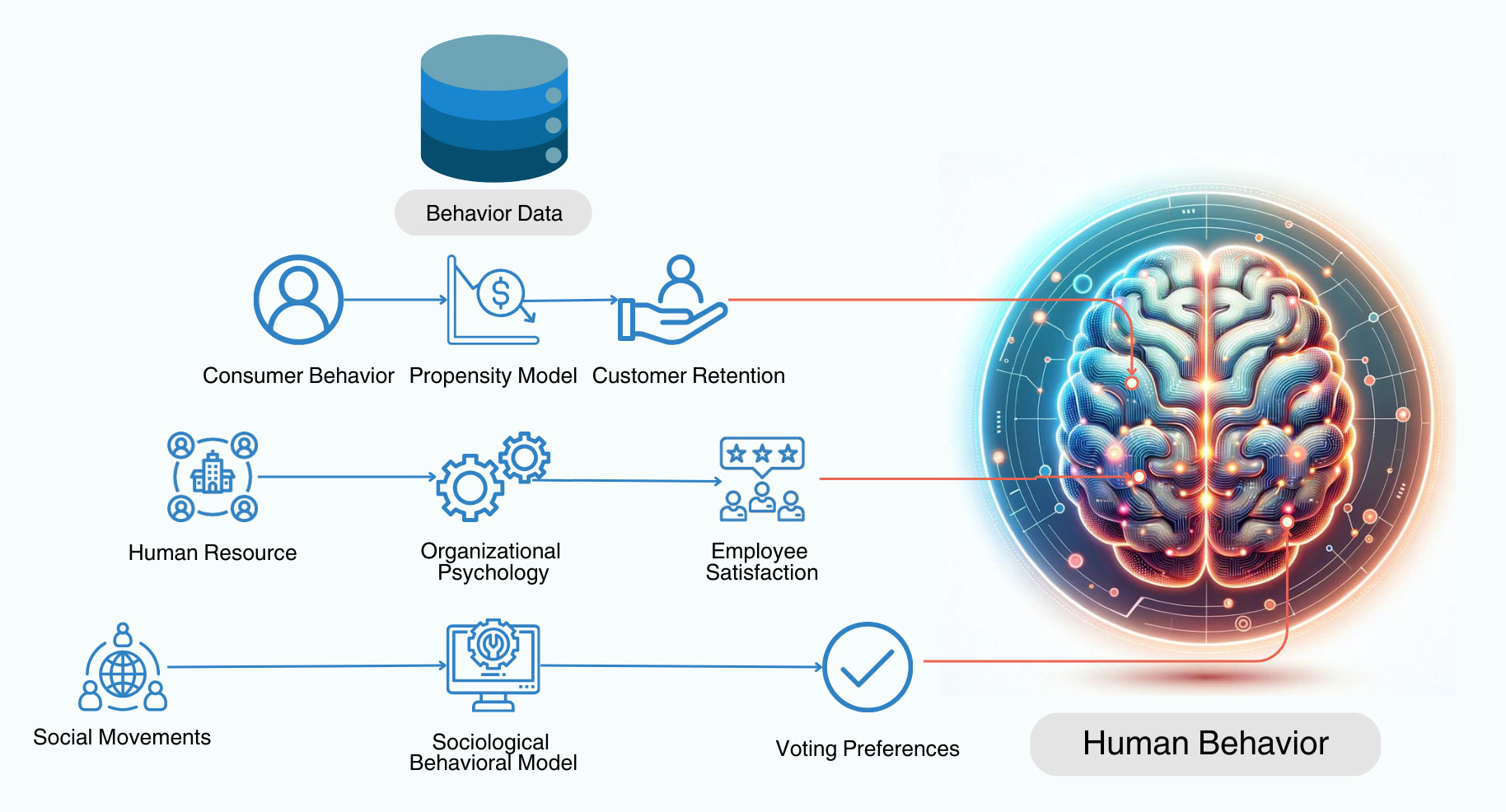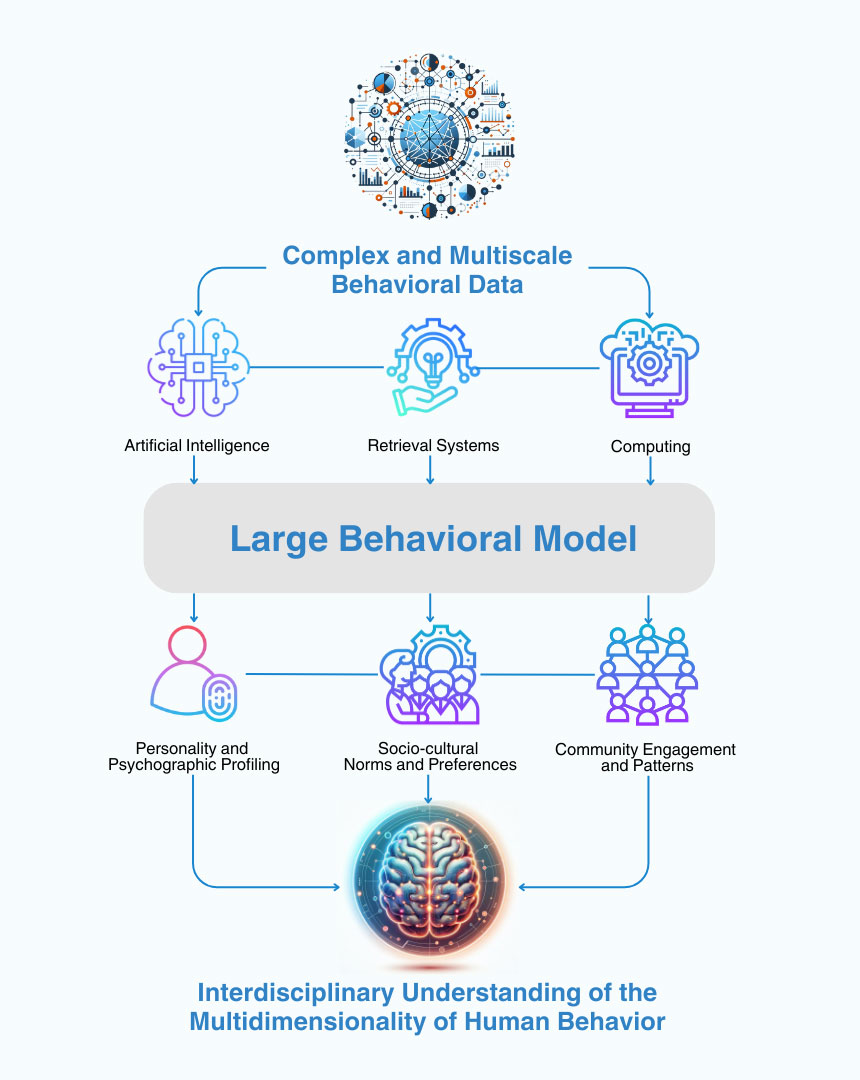Understanding the Behavior Continuum
The concept of behavior extends beyond mere observable actions; it is a continuum encompassing cognitive processes, emotional states, social interactions, and biological underpinnings. To unravel these layers, an integrative approach is essential. This necessitates a fusion of knowledge from psychology, neuroscience, genetics, sociology, ethology, and other related areas in natural sciences, which can offer novel insights into the fundamental drivers of behavior. The key lies in the synthesis of qualitative and quantitative methods, theoretical and empirical research, and naturalistic and experimental settings. The challenge, however, is not just in the convergence of diverse fields but also in the effective communication and collaboration among these disciplines.
This is where integrative technologies come into play – to facilitate the coherent exchange of ideas, data, and methodologies. Arguably, the future of behavior understanding lies on how we develop integrative technology that will foster collaboration and synthesis across disciplines. The development of such integrative technologies is not just desirable but imperative for the advancement of our understanding of human behavior on an individual and societal level. It paves the way for a new era of global evolution, one where the cross-pollination of ideas and knowledge from various domains is the foundation of scientific and technological progress.



